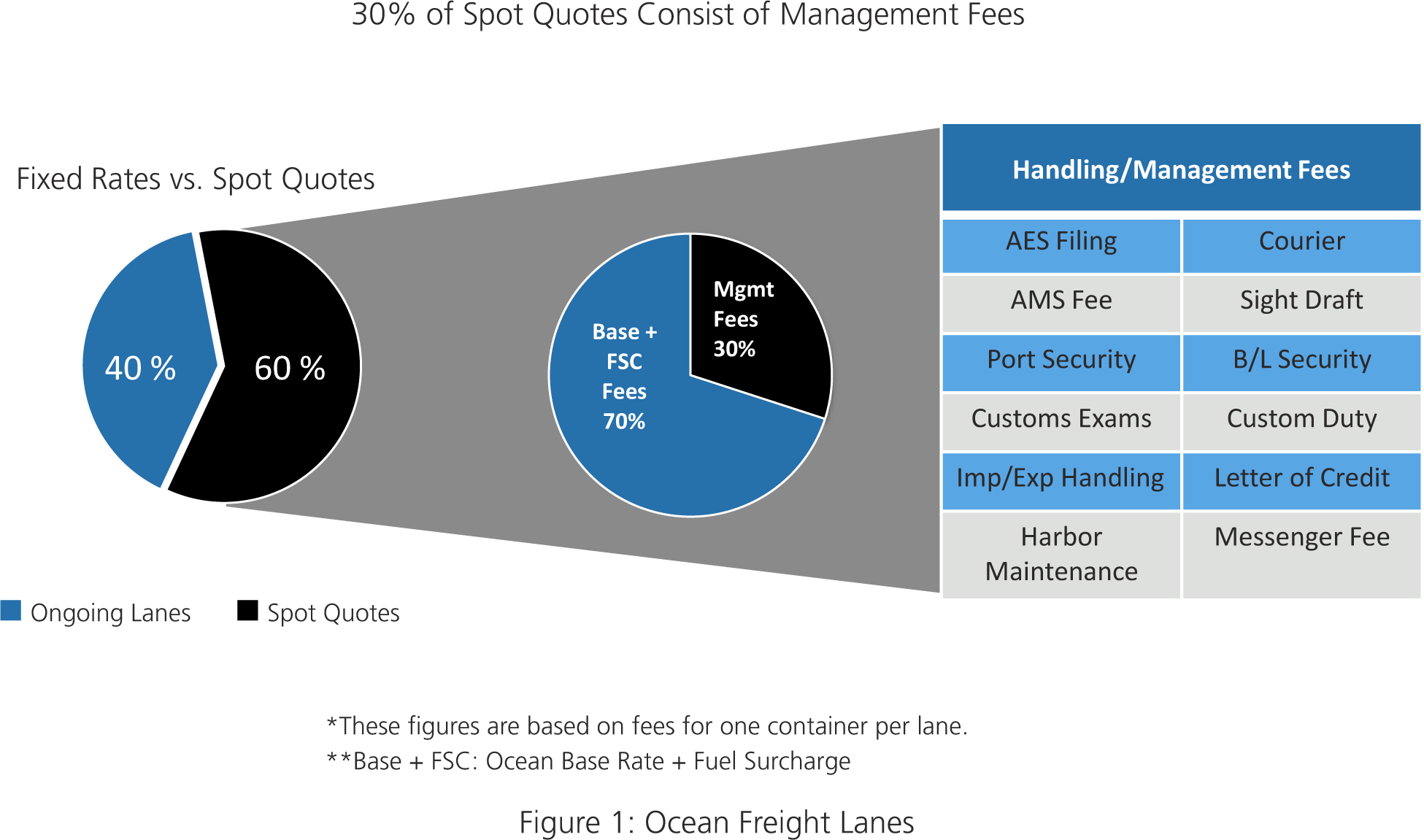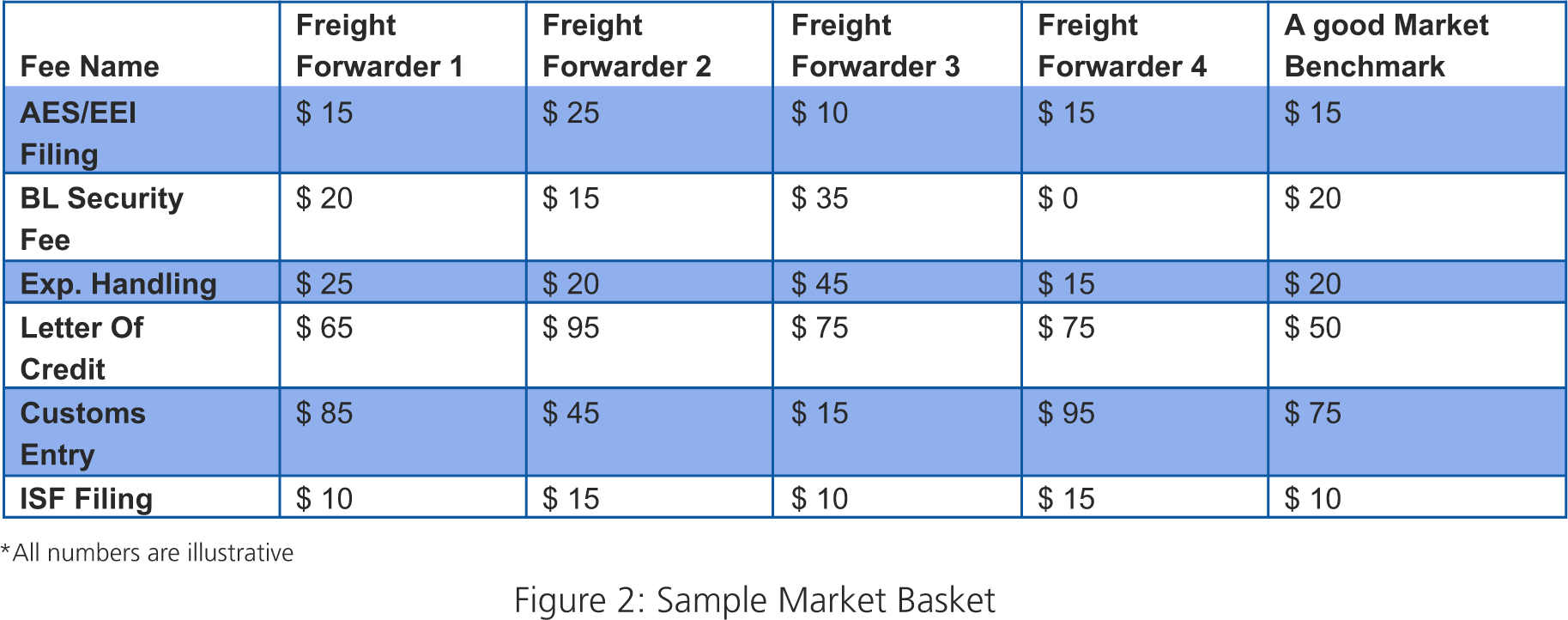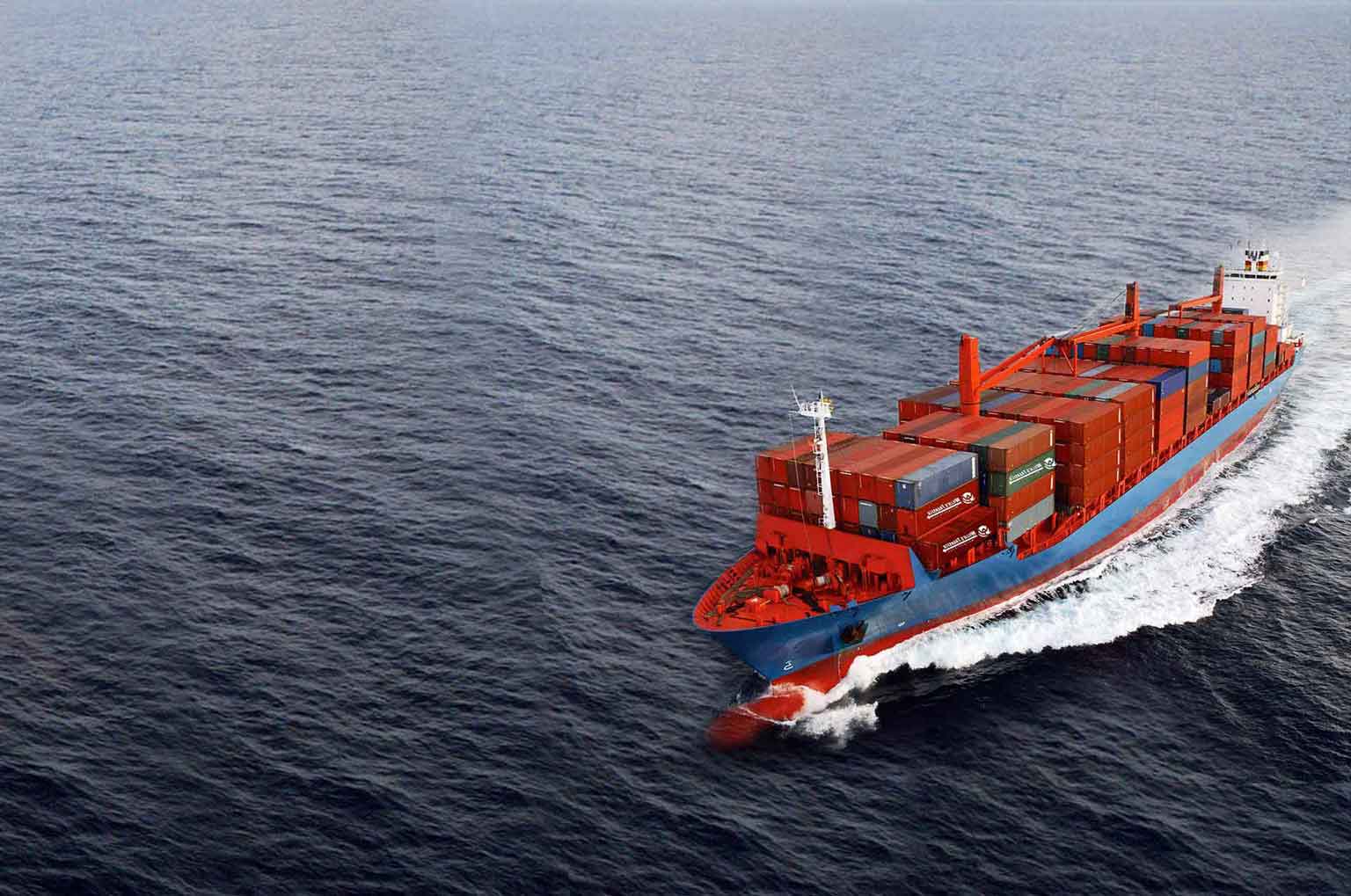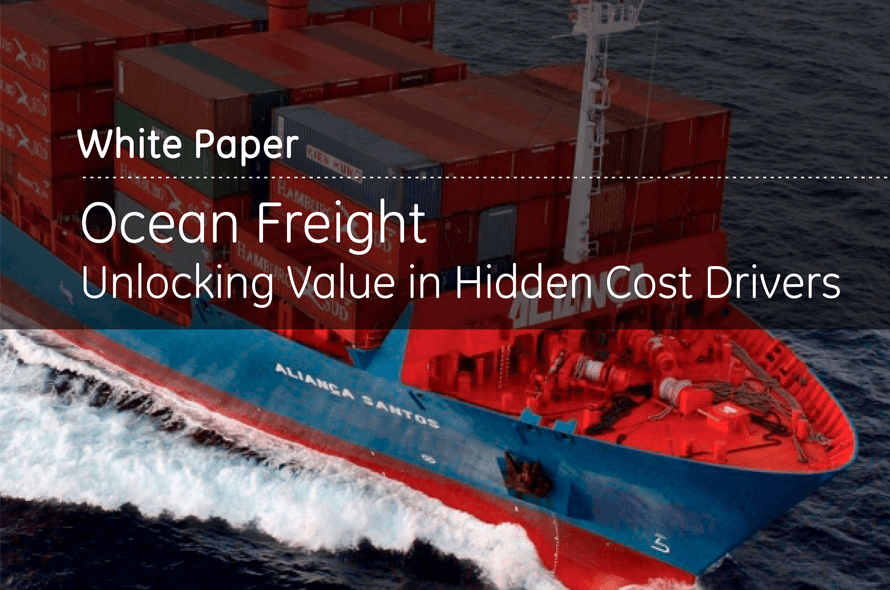Background
During the past decade, world merchandise freight exports nearly tripled in value from $5.4 trillion to $16 trillion, and ocean freight remained the most common mode of transportation used for shipping these exports. Despite the current downturn in the global economy, international trade (and, consequently, ocean transport) is expected to continue expanding. Also, the growing trend of global sourcing has increased the role of ocean transport in the supply chains of most companies. The movement of ocean freight between nations is driven by a complex supply chain and involves many participants, including shippers, commercial for-hire carriers, third-party logistics providers, and consignees. The complexity of this value chain, combined with onerous regulatory requirements, has led many shippers to increasingly utilize freight forwarders as a one-stop-shop for end-to-end services. While this approach reduces operational complexity for shippers, the benefits come at a premium and include a complex pricing structure. A detailed understanding of these cost elements can help shippers identify significant cost savings.

Ocean Freight Lanes
The key cost drivers of ocean freight are steamship costs, broker commissions, duties and tariffs, vessel and port maintenance costs, labor costs, etc. Steamship lines manage their costs by realigning routes and service frequencies to better match supply with demand; investing in enhanced technologies and acquiring more efficient ships. Based on these dynamics, freight forwarders negotiate rates with steamship lines. They then provide these rates to shippers, along with the additional fees for the abovementioned components. Shippers, however, do not necessarily negotiate for fixed rates. These negotiations depend on the nature of the lane; whether there is a commitment to volume or not.
Most shippers have two broad types of lanes – regular and irregular lanes. Regular lanes are high volume, predictable routes, for which shippers can negotiate a fixed all-inclusive rate with a volume commitment. This rate covers the shipment rate with an index based fuel surcharge (FSC), as well as handling and management fees. Irregular lanes are spot-quoted -- shippers get prompt quotes when the need arises. For irregular or low volume lanes, shippers expect market conditions to drive the true spot price. According to a recent survey conducted across leading freight forwarders in North America, about 60% of all shipments (exports and imports) occur on a spot quote basis with no prenegotiated shipment and handling fees. In these instances, the shipper relies completely on the quote received and has no control on the pricing components. But this needn't be the case, as the following sections illustrate.
Ensuring Competitive Rates on Spot Quotes
Spot quote lanes refer to irregular or low volume lanes managed on a per-instance basis and bring numerous challenges from a purchasing point of view. The perinstance basis makes it difficult to track spend; hence lack of this data brings limited visibility to cost breakdown and spend evaluation. Without such information and absence of volume commitment, shippers have no room for negotiations for fixed rates, making them vulnerable to changes in the industry.
Furthermore, invoices include handling and management fees, which make it complicated to control the actual rate paid for a shipment. Those fees on average make up about 30% of the entire ocean freight cost and they are either service fees1 or third party costs2, which are then passed on to the shippers directly, or marked up in order to make a profit.

1 Service Fees: Aside from booking and providing a spot on the vessels, freight forwarders responsibility is to manage the documentation for customs as well. Service fees are charged to prepare the required documentation and these documents may vary from simple ISF (Importer Security Filing) forms, to complicated Sight Drafts, creating a wide range for pricing of each element thereby.
2 Third Party Fees: These are fees that freight forwarders pay to other parties in order to release the goods from the customs, such as the duty paid on material shipped, or courier fee that is paid to deliver documentation when necessary. Most competitive negotiations would yield to “at cost” third party fees, where no mark-up from the freight forwarder is acceptable.
Create competition between freight forwarders
Have multiple freight forwarders in scope and make them bid on the quote simultaneously.
Fix the service fee; get the third-party fee at cost
Management and handling fees are unavoidable; however they can be reduced to a minimum in order to provide savings.
Given that handling and management fees are not the only components of ocean freight spend, gaining control over the full “spot quote” spend depends on how well the shipment fees (base shipment fee and fuel surcharge) are managed. By following the next steps, a competitive environment can be created among a reasonable number of freight forwarders, which will definitely give the shipper control over noncontracted spot quote rates.
Key Steps to “Unlock the Hidden Value”
- The initial step is forming a complete spend profile.
- In case you do not have full visibility into data, get quotes from multiple freight forwarders on specific lanes.
- Get as much detailed breakdown as possible; this help you identify all handling and management fees in the industry.
- Compile all handling and management fees and clarify with freight forwarders whether these are service fees or third-party fees. Freight forwarder companies have been charging customers so many different handling and management fees that even they lose track of how the fees are generated. Getting the list from multiple freight forwarders will help clear the discrepancies.
- Generate your market benchmark with due diligence.
- Cherry-picking the lowest rates from each freightforwarder's list sounds ideal from a purchaser's point of view. However, due to the different cost structures they encounter, freight forwarders allocate these costs to different fees (Figure 2).
- Make sure you are fair with your market basket and do not hurt freight forwarders by slashing their total handling and management fees; they may compensate for the difference by charging a high ocean freight base rate, which is 70% of the entire spot quote business.

- Shortlist an optimal number of freight forwarders as your preferred freight forwarder list. It is crucial to let the shortlisted freight forwarders know that they are not the only player in this business; that you will be getting spot rates (ocean freight base rate) from other freight forwarders as well. This will help ensure your competitive spot quote, where upfront negotiations are not possible.
- Have direct negotiations with shortlisted freight forwarders.
- Let the freight forwarder know you have done your homework and you know the market even better than they do. Provide target rates based on your market benchmark and ask for fixed rates for the service fees, and cost fees for the third-party fees.
- Agree on proof of documentation on third-party fees in order to avoid any mark-ups.
- Sign service agreements with preferred freight forwarders with specific rate cards and have KPIs in place:
- Adherence to negotiated rates for selected fixed fees
- Supporting invoices for third-party fees
- Response time of maximum 24 hours on quotes
- Reporting capabilities
Conclusion
It is undeniable that ocean transportation will continue to be a significant part of global supply chain models and freight forwarders will have an active role to play in those models. Moreover, fluctuating market conditions suggest both freight forwarders and shippers will be more reluctant to sign year-long flat rate agreements for ocean freight services, indicating a rise in the spot-quote business with unsteady rates.
However, there is a good opportunity for shippers to save even on spot quotes. By fixing management and handling fees on spot quotes, hard savings will be realized immediately. Moreover, low rates will be guaranteed for shipments in view of competition between preferred freight forwarders.

